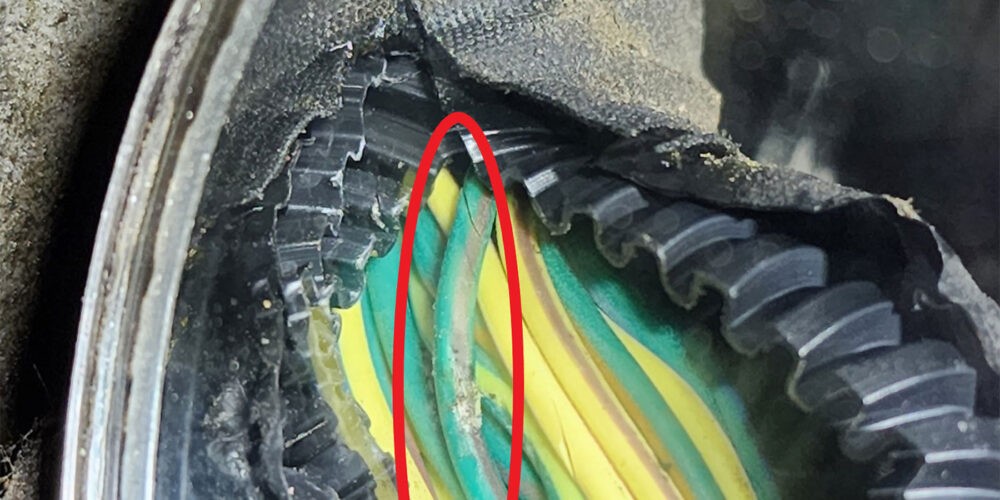The P1db2 code indicates a problem with the actuator supply voltage “A” circuit in your vehicle’s transmission. This can lead to a variety of driving issues, from harsh shifting to complete transmission failure. This article delves into a real-world case study involving a 2014 Jeep Cherokee with a P1DB2 code to illustrate the diagnostic and repair process.
Understanding the P1DB2 Code in a 9-Speed Transmission
A 2014 Jeep Cherokee equipped with a 3.2L engine and a 948TE nine-speed transmission presented with shifting problems. Initial diagnostics revealed two codes: a stored P0973 (shift solenoid one control circuit low) and an active P1DB2. The P1DB2 code, signifying an issue with the actuator supply voltage, was the primary focus. A road test confirmed the vehicle was stuck in fourth gear and exhibited harsh shifting, indicative of failsafe mode. Clearing the codes temporarily resolved the issue, but the P1DB2 code immediately reappeared upon restarting the vehicle, pointing to a persistent fault.
Troubleshooting the P1DB2: A Step-by-Step Approach
Standard procedures, such as a visual inspection and battery tests (including the auxiliary battery for the auto start-stop system), revealed no obvious issues. Fluid levels and condition were also normal. Further investigation involved analyzing wiring diagrams and code descriptions to understand the TCM’s fault detection criteria. This led to a deep dive into electrical testing.
Testing began with verifying voltage supply to the transmission, which defaults to 2.5v with the key on and the case connector disconnected. Both solenoid power supply wires (SS1 & SS2) showed the expected voltage. Subsequently, each solenoid supply circuit was meticulously checked for opens, high resistance, and shorts to ground. All tests yielded normal results. Even disconnecting the TCM and testing the wiring between the TCM connector and the case connector revealed no abnormalities. The external solenoid low-side driver circuits were also checked for shorts to ground, again with no faults found.
The Unexpected Culprit: Wiring Harness Chafing
Despite the thorough testing, the intermittent nature of the fault suggested an overlooked issue. After reconnecting all components, the transmission surprisingly exited failsafe mode. A test drive revealed normal operation, leaving the technician puzzled. A closer inspection of the wiring harness, particularly the section between the TCM and the case connector, revealed chafing on the solenoid supply #2 wires against a nearby bracket. This seemingly minor damage was the root cause of the P1DB2 code and the transmission problems.
Repairing the Damage and Preventing Future Occurrences
Repairing the damaged wires resolved the issue completely. Furthermore, subsequent inspections of similar Jeep Cherokees revealed the same bracket posed a risk of chafing in other vehicles, even those not yet exhibiting symptoms. Repositioning the bracket became a preventative measure for these vehicles. This case highlights the importance of thorough visual inspections and considering even seemingly minor wiring damage as a potential cause of complex transmission issues related to the P1DB2 code.
Conclusion: Persistence Pays Off in P1DB2 Diagnostics
This case study demonstrates the complexity of diagnosing intermittent electrical faults, especially those triggering the P1DB2 code. While systematic testing is crucial, a keen eye for detail and a persistent approach are often necessary to uncover hidden problems like wiring harness damage. Thoroughly understanding the P1DB2 code’s implications and employing a comprehensive diagnostic strategy are key to successful repairs.

